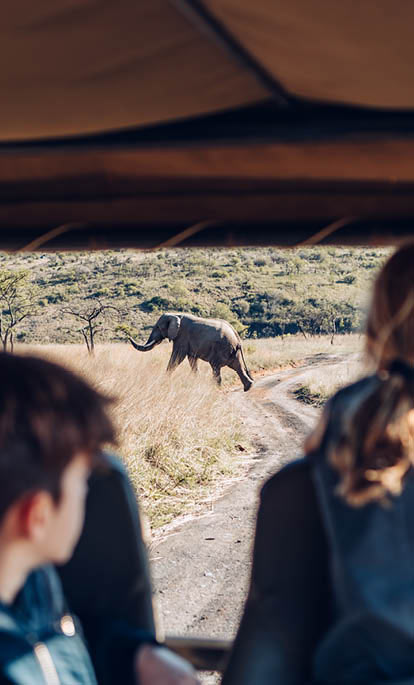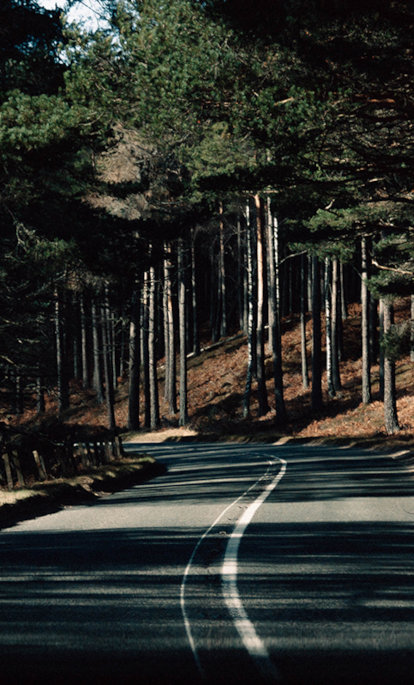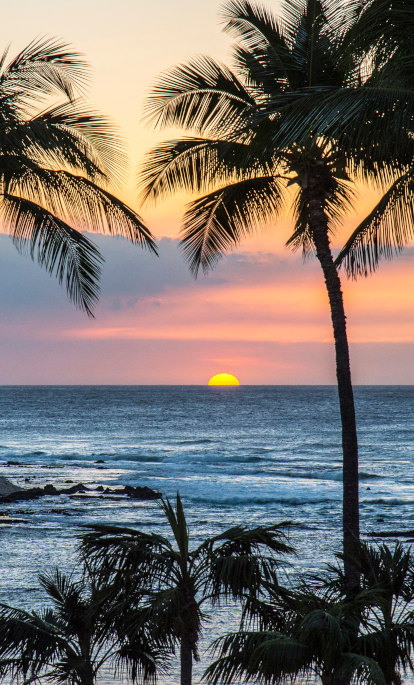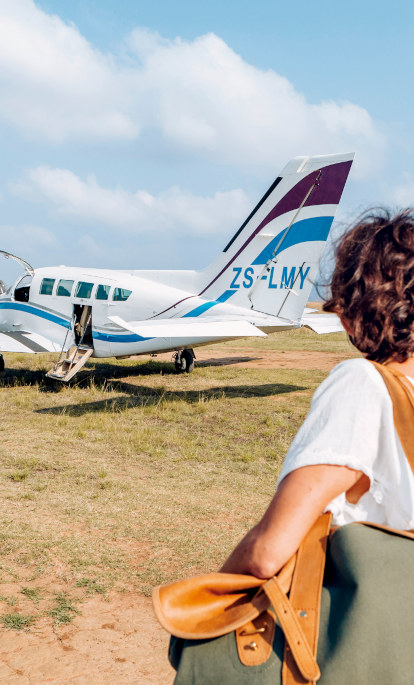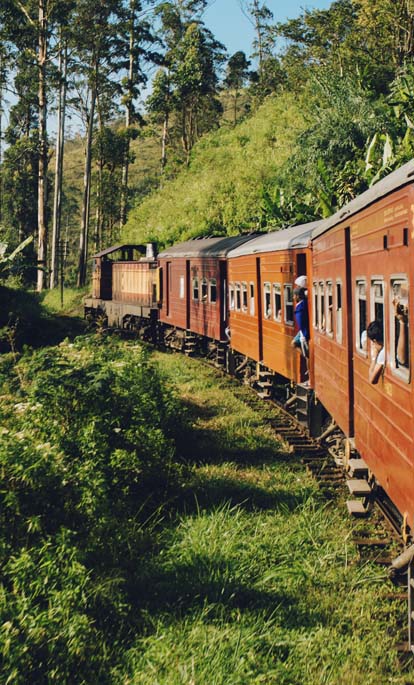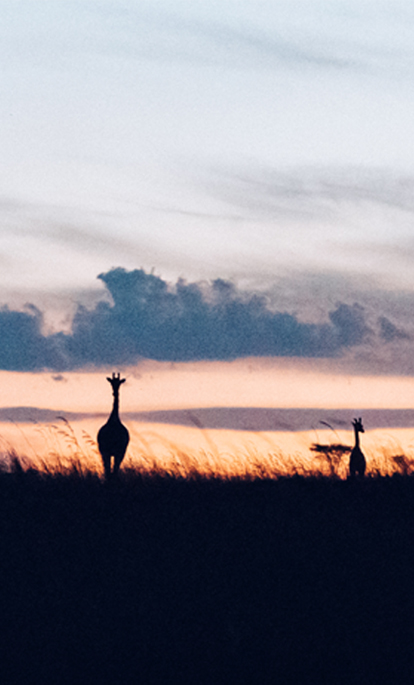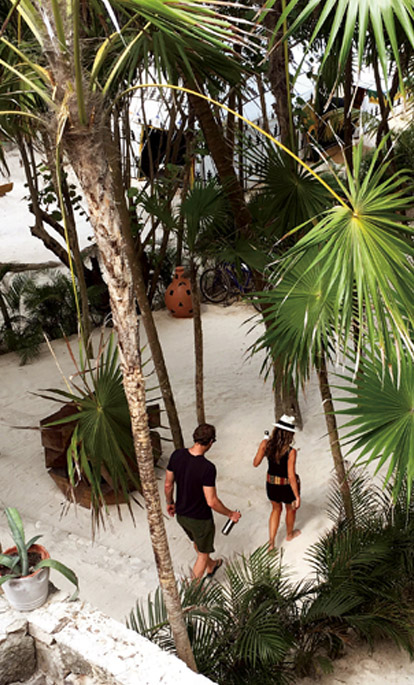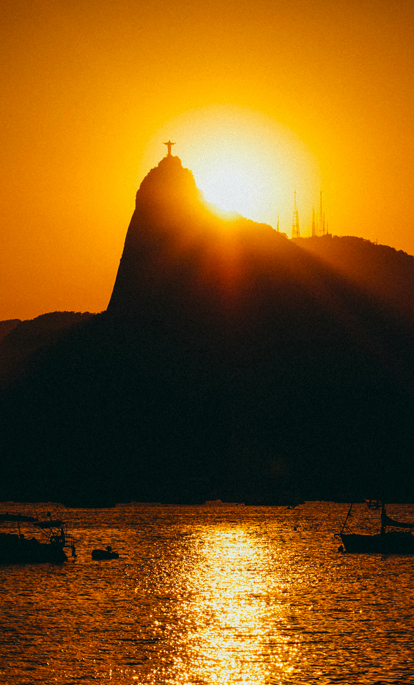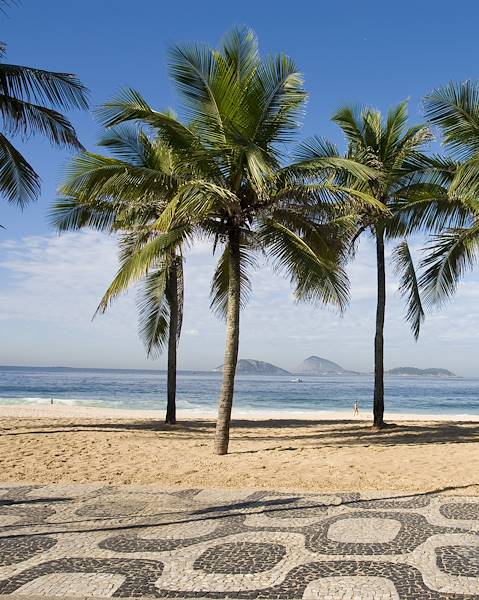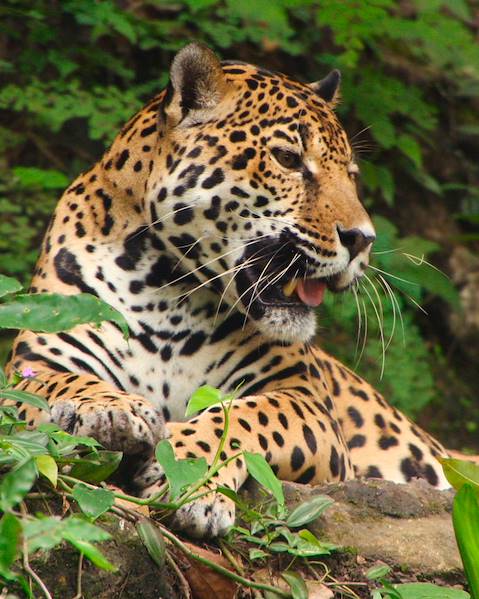Brazil's climate is largely influenced by the geography of the vast territory. It is not easy to say when the best time to visit Brazil is, as there is not one climate throughout the country, but many. It is nevertheless possible to distinguish between north and south. The north of Brazil has a humid tropical and tropical climate (and a very humid area, to the west, with an equatorial climate). Southern Brazil, on the other hand, has a subtropical climate with an oceanic or continental influence, depending on the distance from the coasts, with a few places experiencing a high-altitude tropical climate.
Brazilian Amazon
The Brazilian Amazon has a humid equatorial climate. While areas further south enjoy a sub-equatorial climate, in the Amazon, it is hot and humid all year round, with an average annual temperature of 26°C. The second largest forest in the world has a dry season: a summer from July to November (average temperature of 27.9°C) and a wet season: a winter from December to June (average temperature of 25.8°C). Apart from average temperatures, it is important to know that temperatures can rise to 40°C during the dry season. Be aware that torrential rains, which can be in excess of 80 inches to 120 inches per year in some locations, are concentrated between December and May. At other times of the year, rain is less intense, and rainy periods are shorter.
Bahia
In Salvador de Bahia, the summer is hot, and sometimes a little muggy, from December to March, and showers can be frequent and heavy. Then, from April to mid-August, it rains a lot, and sometimes for extended periods. Between September and mid-December, however, precipitation is high (over 4 inches) and temperatures are pleasant, averaging 29°C. Temperatures do not vary significantly throughout the year, then, with the winter average of 27-28°C in June and July, and a summer average of up to 31°C in January and February).
Brasilia and the Centre
The city of Brasilia has a tropical climate of altitude, due to its geographical location, 3,500ft above sea level. The city is on a plateau, in the west-central region of Brazil. The brings the advantage of pleasant average temperatures (22°C) and very low humidity in winter (25%), which contrasts with most other regions of the country. Therefore, June is the coldest month (18.9°C average) and also the driest (unlike January, with almost 12 inches of rainfall). September is the hottest month in the year (22.3°C average) with limited rainfall. The best time to visit Brasilia and central Brazil is between June and September.
Southern Brazil and Iguaçu
The climate in southern Brazil is subtropical and humid. The Iguacu Falls in particular are located in a humid tropical forest, where rainfall is very frequent and the air is very humid. The warm and humid season is from October to March, while between May and September, winter arrives in southern Brazil, with drier and cooler weather. Thanks to relatively flat terrain and limited altitude, the Iguacu region has warm summers (especially in February, with average lows of 20°C and average highs of 33°C) and mild winters (average lows of 9°C and average highs of 24°C).
Minas Gerais
The climate in the state of Minas Gerais, located in the southeastern region of Brazil, is tropical with an average annual temperature of 21°C. There are distinct seasons. The average temperature in the warmest months, between December and February, is 32°C, while in the winter months, between July and September, the average temperature is 20°C.
The Northeast
Between Bahia and Maranhao lies the Northeast region of Brazil, the country's driest area. The rainy season (summer) runs from January to July, with very high average temperatures (above 30°C). Maximum temperatures are often close to 40°C. The Northeast has several coastal areas, which enjoy a tropical climate, with very high rainfall. It's not uncommon to see rainfall in excess of 78 to 98 inches in the Salvador region, while this figure decreases significantly as you go further inland. The Sertao, the hinterland of the Northeast, has a semi-arid climate, humidity and low rainfall (annual rainfall close to 30 inches). Rain is very irregular in the Sertao. September to mid-December is the best time to visit the region.
The Pantanal
The Pantanal, the largest wetland on the planet, has an average temperature of 25°C, but this does not give a good idea of the weather conditions in the region as temperatures vary from 0
